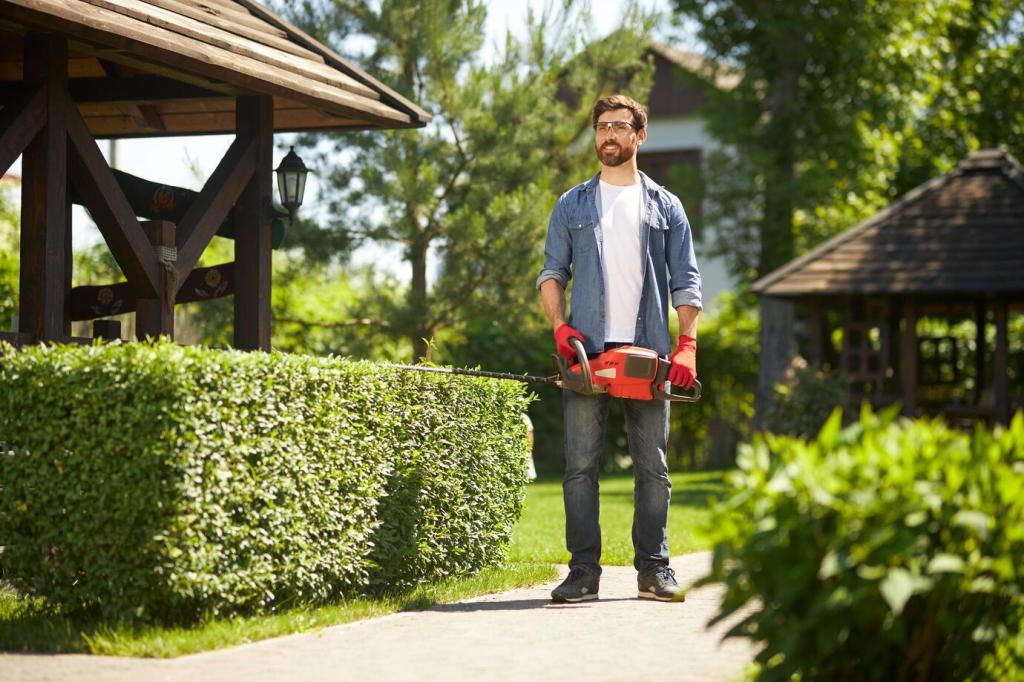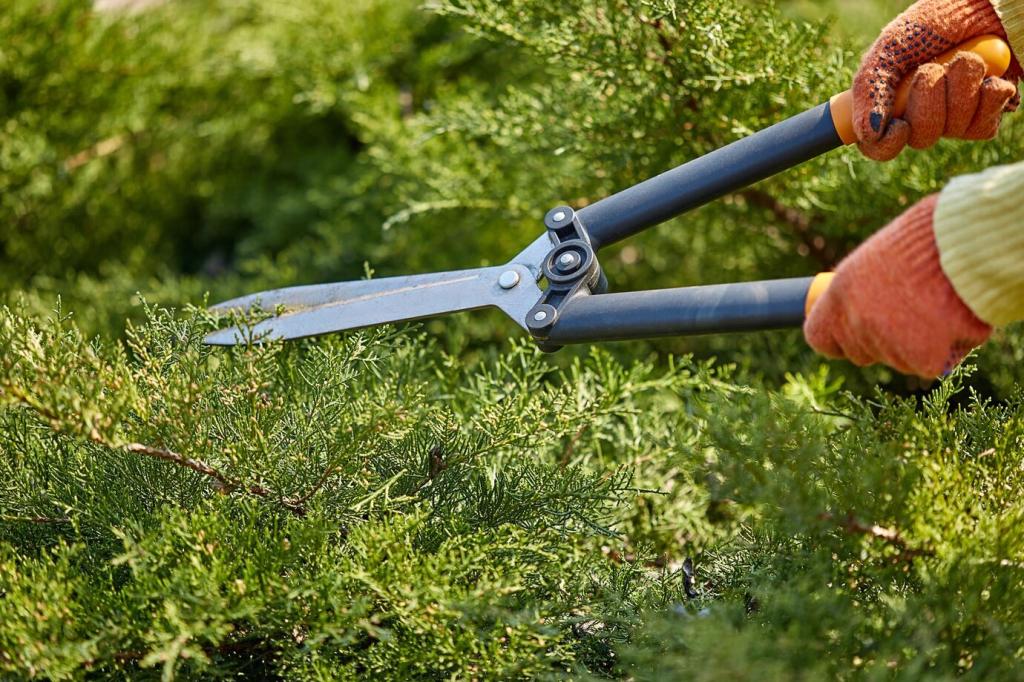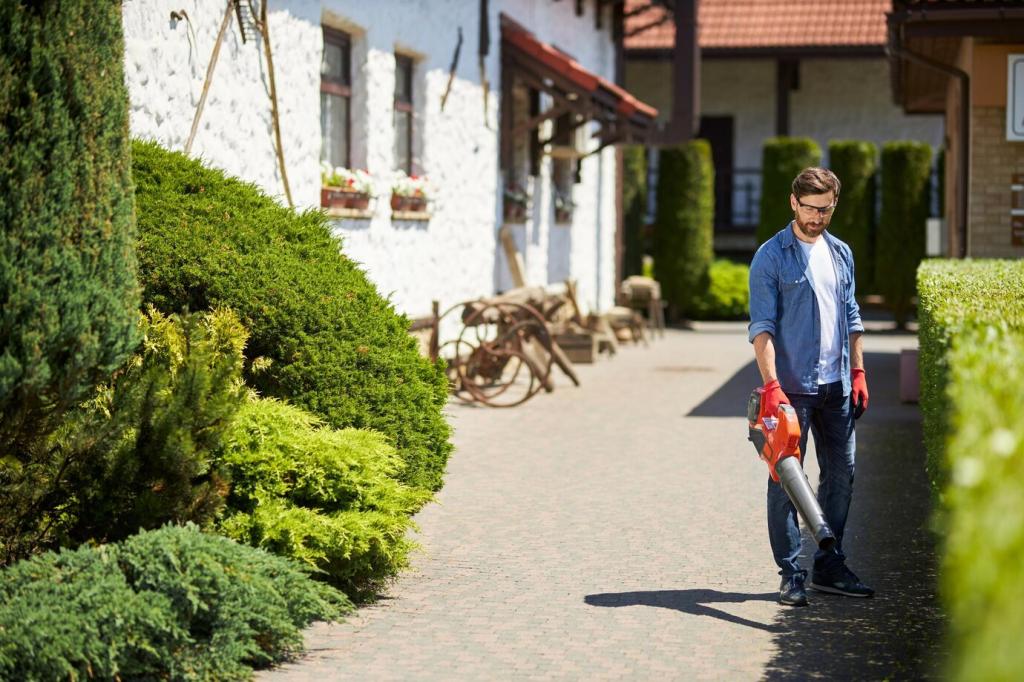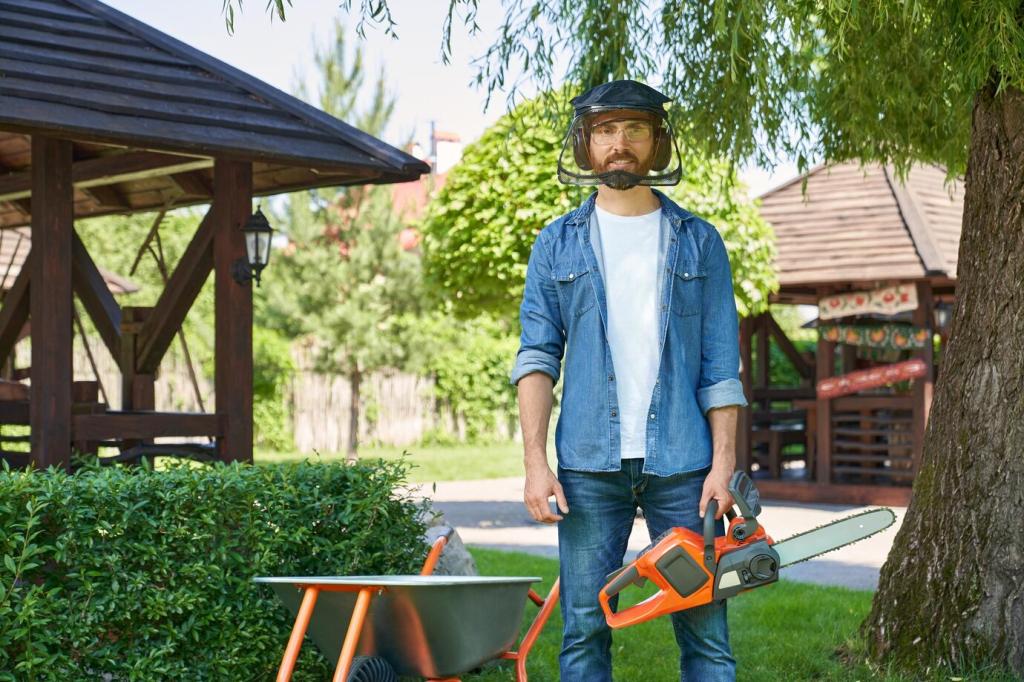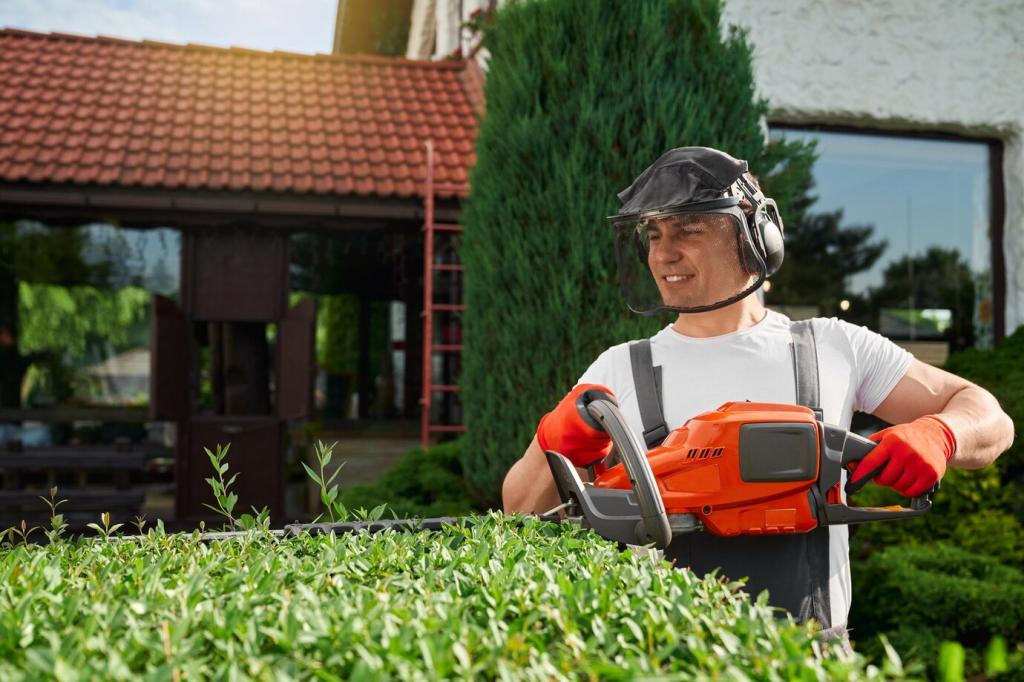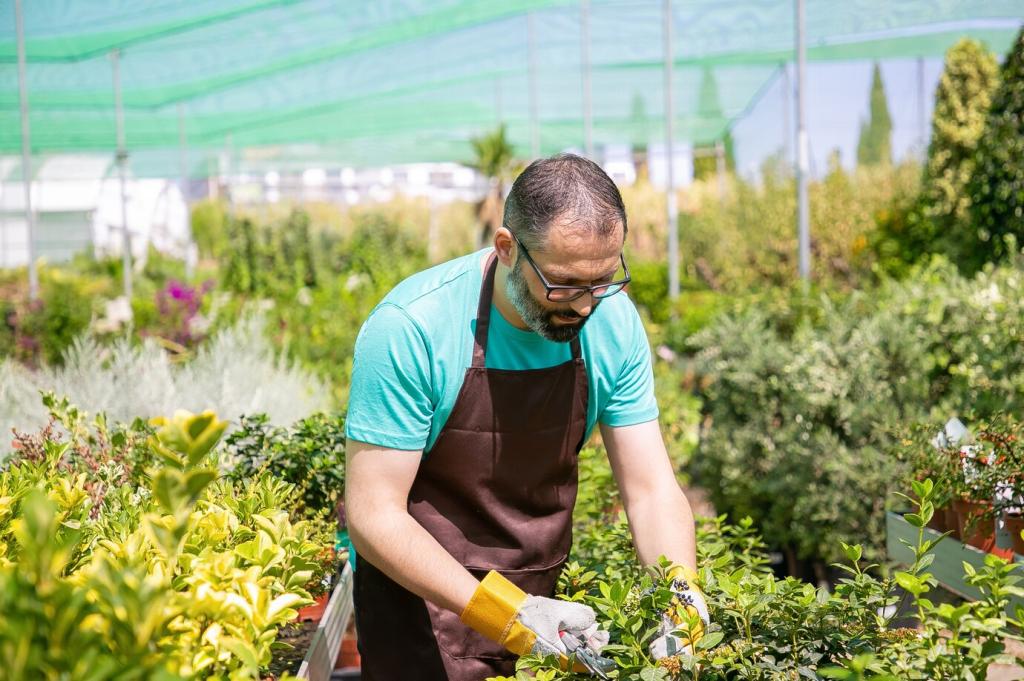A Real Backyard Turnaround
Weekend soccer games packed the soil, water puddled by the patio, and weeds invaded thin turf. The owners felt stuck, mowing shorter and watering more, but nothing improved until they learned how aeration targets the real constraint.
A Real Backyard Turnaround
They marked sprinkler heads, rented a core aerator, and made two passes. Afterward, they brushed in screened compost, spread a shade-tolerant seed blend, and watered gently. Within weeks, seedlings filled gaps where weeds once ruled.
A Real Backyard Turnaround
By mid-fall, roots ran deeper and the lawn felt cushioned underfoot. Bare patches vanished, and watering needs dropped. Share your own before-and-after aeration stories in the comments to inspire neighbors to try the same.

